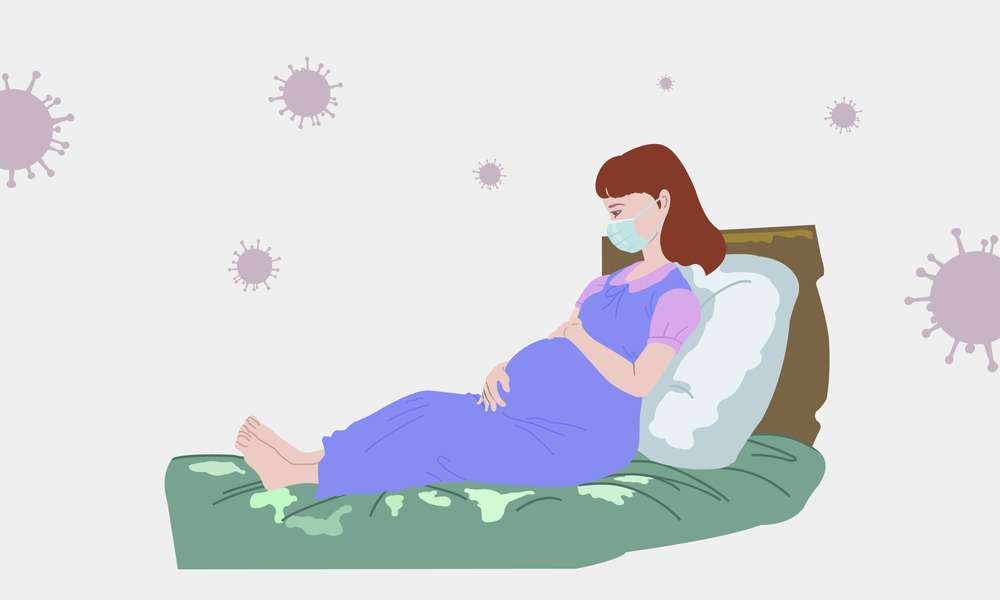Group B Streptococcus
Introduction:
GBS, also known as Group B Streptococcus, is a common bacterial infection that can affect individuals of all ages, including pregnant women. Understanding what GBS is and its implications during pregnancy is crucial for ensuring the well-being of both the mother and the baby.
What is GBS?
GBS is a form of bacteria that lives in many people’s intestines or lower genital tracts without causing any harm. It is estimated that approximately 25% of healthy women are GBS carriers. While this bacteria does not usually cause problems, it might cause complications during pregnancy and childbirth if not controlled properly.
What is GBS in pregnancy?
GBS in pregnancy occurs when GBS is found in a pregnant woman’s vaginal tract. This means that the germs could potentially be passed to the infant during birthing, resulting in a variety of health issues. GBS in pregnancy is a source of concern for healthcare providers who want to protect the newborn from harm.
How do you get GBS in Pregnancy?
GBS is primarily transmitted from mother to infant during labor and delivery. While the precise mechanism is unknown, it is thought that the newborn may come into contact with GBS bacteria as it goes through the birth canal. This emphasizes the significance of thorough testing and preventive actions in reducing the risk of transmission.
What is GBS disease?
GBS disease refers to diseases caused by the bacterium Group B Streptococcus. These illnesses can affect people of any age, but newborns are especially vulnerable. Pneumonia, bloodstream infections, and meningitis are the most prevalent causes of GBS illness among neonates. To avoid significant consequences, prompt detection and treatment are required.
How do you get GBS?
GBS can be acquired in a variety of ways. As previously stated, pregnant women can become GBS carriers in their vaginal tracts. GBS can also be spread by close contact with infected people, such as through respiratory droplets or bodily fluids. It’s important to note that GBS is not a sexually transmitted infection.
What is GBS positive?
A GBS positive person is one who has tested positive for the bacterium Group B Streptococcus. GBS positivity in pregnancy shows that the pregnant lady is a GBS carrier in her vaginal tract. This information is critical for healthcare providers to use in developing appropriate strategies to reduce the risk of transmission to the newborn.
Group B Streptococcus GBS postive pregnancy:
When a pregnant woman tests positive for GBS, her pregnancy is labeled GBS positive. This state is critical for healthcare personnel to understand because it directs the execution of preventive measures during labor and delivery. Early detection and therapy of GBS positive pregnancies can lower the risk of problems greatly.
What is GBS test pregnancy?
The term “GBS test pregnancy” refers to the technique of detecting the presence of Group B Streptococcus bacteria in the vaginal tracts of pregnant women. The test normally entails a vaginal and rectum swab and is suggested to be performed between 35 and 37 weeks of gestation. This test enables healthcare providers to identify GBS-positive pregnancies and take appropriate treatment.
GBS Medical Abbreviation:
The medical abbreviation GBS stands for Group B Streptococcus. This abbreviation is commonly used by healthcare professionals to refer to this specific bacterial infection. By using the GBS medical abbreviation, medical personnel can communicate efficiently while discussing screening, treatment, and prevention of GBS.
GBS swab:
A GBS swab is a prenatal procedure that collects a sample from the vagina and rectum to screen for the presence of GBS bacteria. Swabs are often conducted between the 35 and 37-week mark and include inserting a small cotton-tipped swab into the vagina and rectum to gather samples. This technique of testing aids in the identification of GBS carriers and allows healthcare providers to execute appropriate measures.
GBS symptoms:
In many circumstances, people who are GBS carriers do not present any symptoms. GBS, on the other hand, can cause infections such as urinary tract infections, blood infections, and pneumonia, all of which can induce symptoms. Fever, chills, difficulty breathing, frequent urination, and general discomfort are some of the symptoms. It’s critical to be aware of potential symptoms and get medical help if they appear.
GBS syndrome:
GBS syndrome is a group of symptoms that can arise when GBS bacteria infect a person. This syndrome comprises a number of illnesses, including pneumonia, meningitis, and sepsis. To prevent the advancement of these dangerous illnesses and limit potential repercussions, it is critical to identify and treat GBS infections as soon as possible.
GBS treatment:
GBS Group B Streptococcus infections are normally treated by using antibiotics to remove the bacterium. If a woman is detected as GBS positive during pregnancy, antibiotics are frequently offered during labor to limit the risk of transmission to the infant. Antibiotics are also used to treat GBS disease in babies and people of all ages. The antibiotic used may differ depending on the individual’s medical history.
Conclusion:
GBS, or Group B Streptococcus, is a bacteria that can harm pregnant women and newborns if not treated properly. Understanding the risk factors, diagnostic techniques, and therapies available is critical for both healthcare providers and pregnant women. GBS transmission can be significantly reduced by taking appropriate preventive measures, such as administering antibiotics during labor, ensuring the safety and well-being of both the mother and the baby., is a common bacterial infection that can affect people of all ages, including pregnant women. Understanding GBS Group B Streptococcus and its ramifications during pregnancy is critical for the health of both the mother and the baby.


